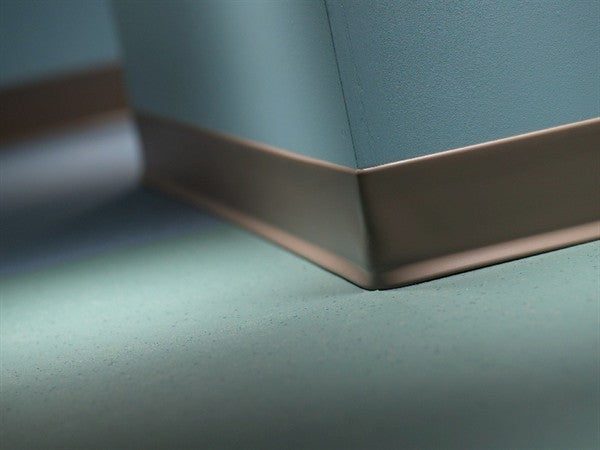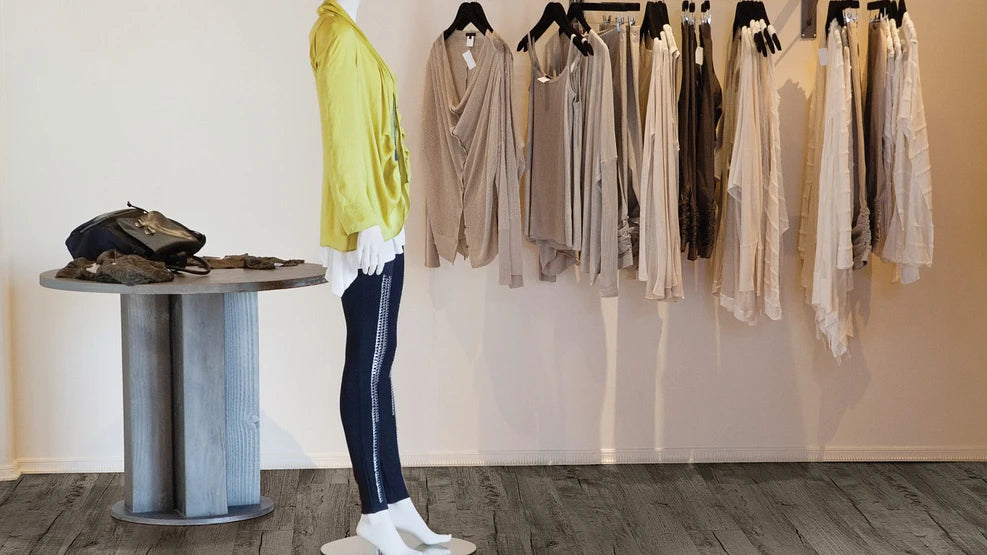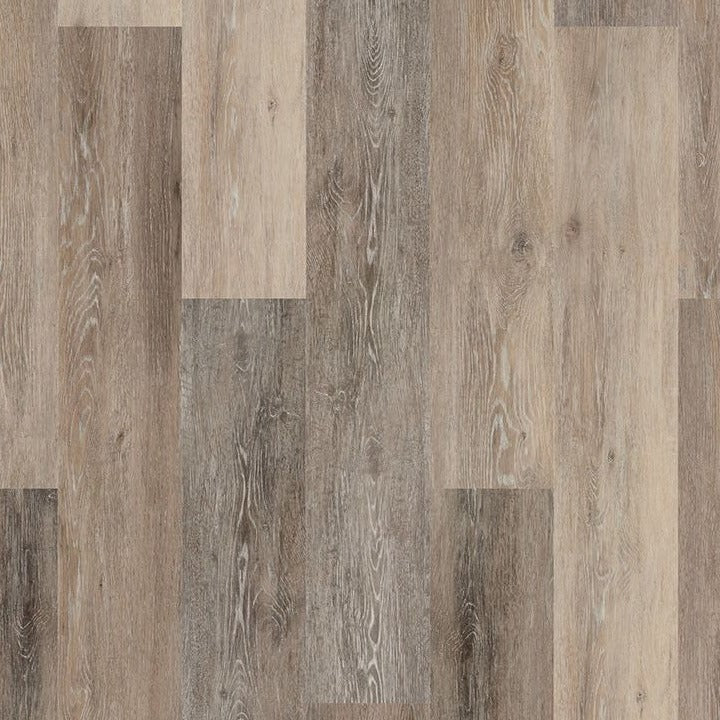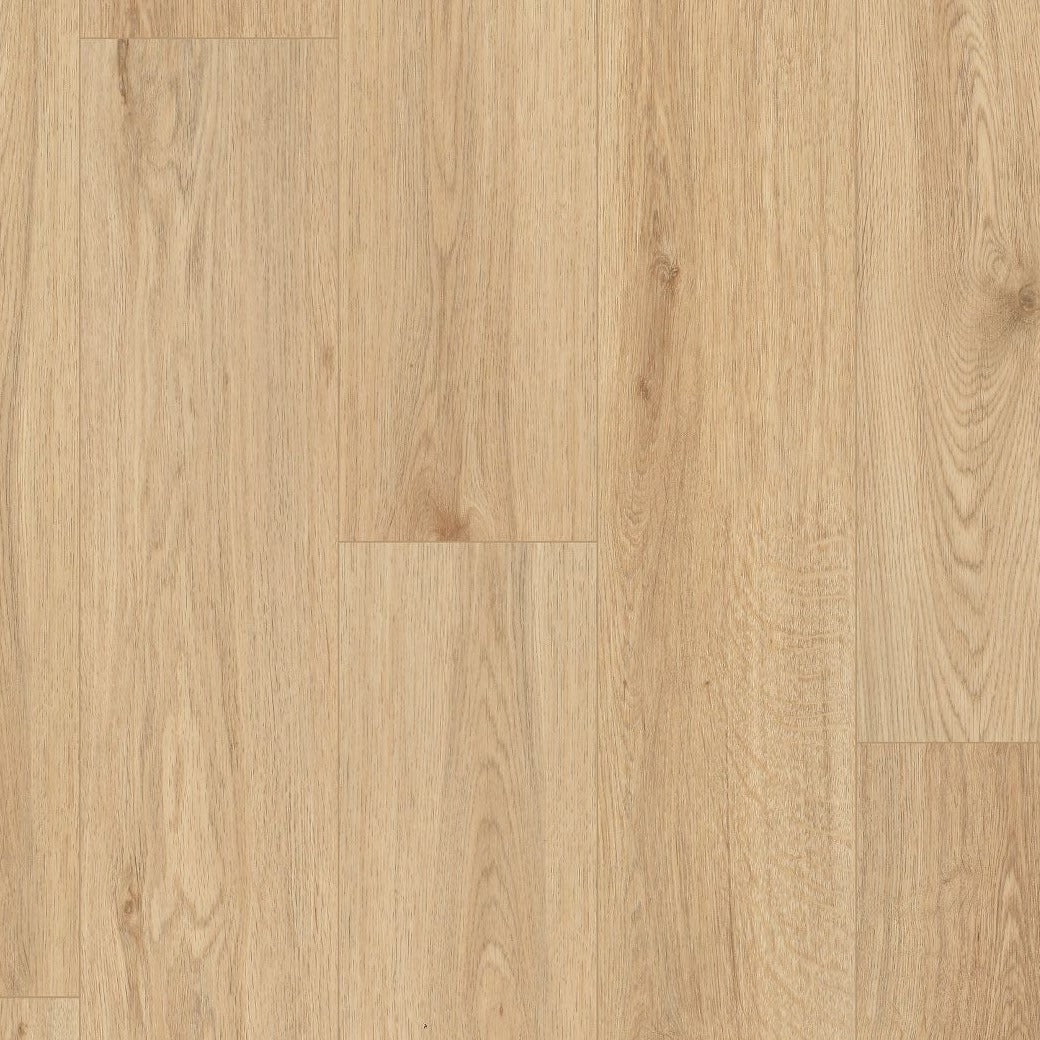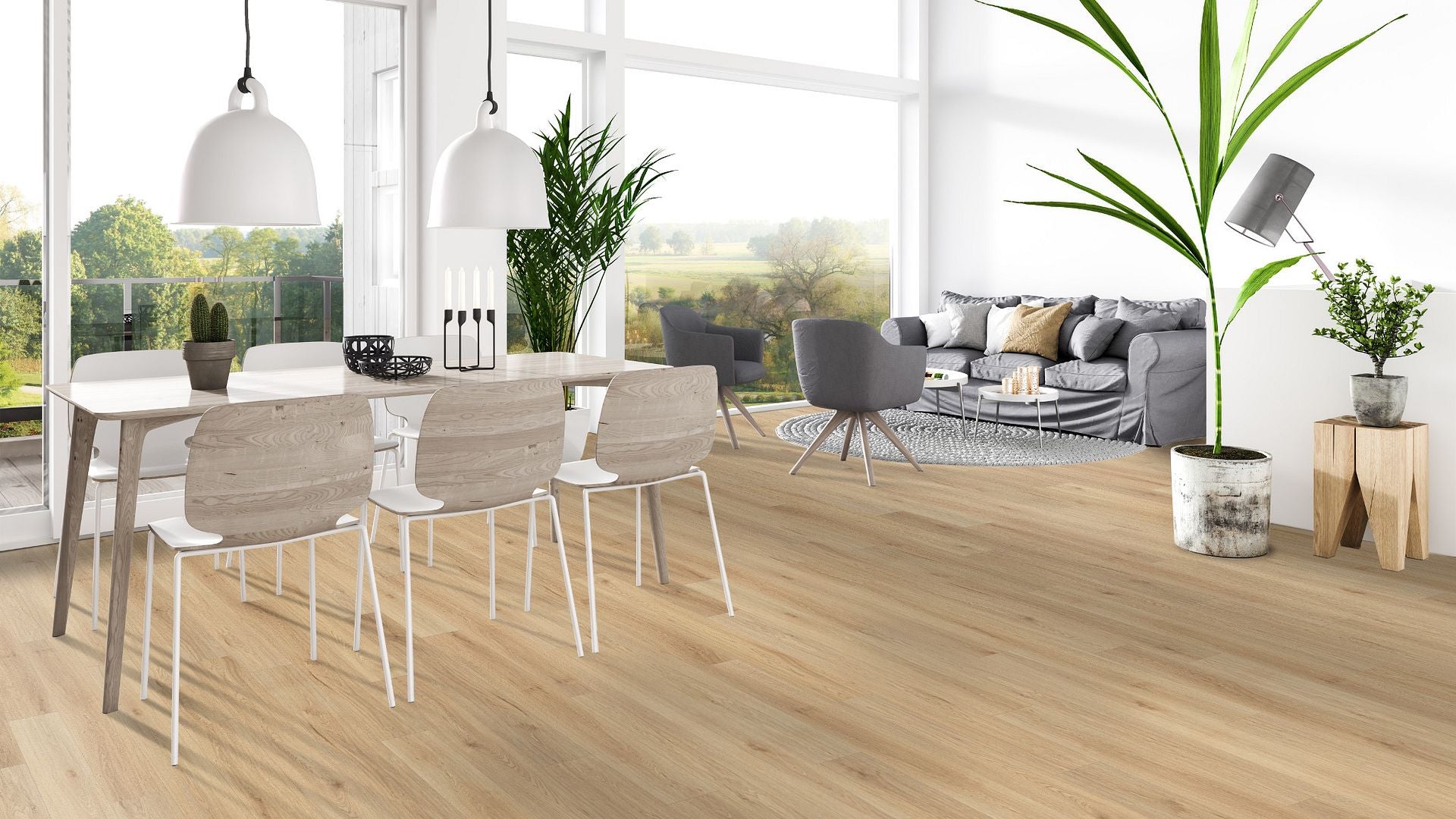Johnsonite Baseboard Moldings
[traditional-wall-base]
Wall Base Molding
Buying wall base is something you probably don’t think about every day. Regardless, it’s worth your time to learn more about it as a major component to a new floor installation. When replacing an old floor, it’s a good idea to inspect the wall base you already have to see if it also needs replacing.
Replacing Wall Base
If you’ve had your base for more than a decade, it’s no doubt showing major wear and tear. After all, considering it’s made to protect the base of your wall, ongoing foot traffic probably gave your wall base major abuse. Nothing more has to be said if you have children who play around these areas often.
Buying wall base isn’t always a cut and dry process. Take a look at these fifteen things to consider as an official wall base buyer’s guide.
4 Types of Wall Base
Not all wall base products use the same material. Four different material types are available, and what you choose depends on how much protection you need.
Rubber
The most durable of all is rubber, even though it does cost more. You’ll be able to reliably protect your wall from nicks and scratches using rubber.
Vinyl
Vinyl is a good second option, especially because it’s cheaper than rubber. It’s a smarter pick if you’re using wall base in a home where you don’t receive a tremendous amount of foot traffic.
Rubber and Vinyl Blend (Mix)
It’s possible to get a mixture of the two, otherwise known as rubber/vinyl blend. This is better if you like the look of vinyl, but need the added protection of rubber. The blend choice is usually popular with businesses needing wall protection and quality aesthetics.
Decorative Wall Base
A decorative choice is also available. This is typically made of rubber, though a few unique wall base brands use a vinyl composition.
Johnsonite Millwork wall base is a good example of the decorative option. One thing you’ll discover is Johnsonite is a leader in wall base. You’ll be able to find just about any wall base style with them, so place them on your short list.
However, they’re far from the only brand offering wall base with quality materials.
Top 5 Wall Base Brands
You can create a short list of 5 different top-tier brands that stand out in the wall base industry.
Armstrong Base
The first of these is Armstrong wall base, which is already a world leader in all types of floors. Their award winning wall base gives you numerous options and features to help you find something that looks good and holds up for decades.
Johnsonite Base
Johnsonite is equal with Armstrong in overall quality. Many people think of Johnsonite is the best when it comes to wall base, particularly because they offer some of the most extensive profiles, colors and finishes. They even provide finishing borders to give your wall base a unique appearance when every detail of your interior design matters. (Johnsonite is a Tarkett Brand)
Roppe Base
Another brand to look out for is Roppe 700 Series wall base boards, known for their outstanding vinyl wall base. As an American-made company, their vinyl base is renowned for not fading, cracking, or chipping. A rubber material wall base is also available.
Burke Base
Burke rubber base is yet another top brand, and they focus on providing the best rubber wall base in the world. With almost seven decades in operation, they’re one to consider seriously if you’re looking for a wall base product that’s extremely durable.
Flexco Base
A final option is Flexco Base 2000, long known for being industry pioneers in rubber and vinyl floor products. Designer and customized wall base are part of their product offerings, including ones with wood elements and healthier materials.
These brand names are easy to find at discount prices through our site, Floor City.
Choosing the Right Base Height
The shapes of the rooms in your business or home are perhaps different from what’s common. It’s why properly measuring the right wall base size is essential before you make a final purchase.
Height ranges are typically from 2.5 inches to 6 inches, giving you a wide variety for different types of rooms.
Common Baseboard Heights:
2.5 inch
4 inch
4.5 inch
6 inch
You’ll only need a higher wall base if your wall receives excessive bumps and other abuse due to a busy environment. For instance, if you’re placing wall base in the hallway of a hospital or in a school, the wear and tear along the edge of your wall is likely more considerable. A higher wall base makes more sense in these cases.
Wall base with a shorter height still looks attractive. These products work well for less busy homes and specific rooms, yet still providing a match with your new floor.
Johnsonite has become a leader in 2.5-inch wall base. One thing you’ll discover is that a lot of 2.5-inch wall base molding is frequently made of rubber-vinyl blends. For sake of appearance, you’ll get a combination of the dull matte finish you get with rubber and the shiny surfaces of vinyl.
Flexco has the most products available in the 4.5-inch wall base height. At this height, you have a good compromise if you don’t want something too high. Like many 2.5-inch products, this also comes in rubber-vinyl combinations.
For 4-inch wall base, Johnsonite is again the leader, though Flexco and Armstrong have many products in this size as well.
If you need 6-inch wall base, the above brands are still the top choices. Thanks to cove base with toe or straight toeless wall base options, you can make this look very appealing in any environment.
Finding the Right Length
No doubt you’ll need a wall base to cover long stretches of wall space or hallways. All the top wall base brands have you covered with differing lengths.
When you buy a carton of our wall base products, you’ll generally receive 120 feet of material to use. In situations where you need to cover a long hallway, this is ideal. And it’s so easy to place it at the base of your wall without having to install piece by piece.
Two options exist in how you can install it: In 4-inch lengths, or as one continuous roll. For smaller rooms, you may prefer the 4-inch lengths to avoid having any extra pieces left.
Having a continuous roll is very useful for hotel hallways, or hospital corridors. These often run dozens of feet, making a long roll very useful to save time.
Many of the rolls come in a 4”x120’ size, giving you a chance to cover the largest spaces.
Understanding The Thickness
For added durability, always look at the thickness level of your wall base. Most brands give you a couple of thickness levels so you have a choice on how much wall protection you want.
Johnsonite offers two different thickness levels: 1/8” or .080”. Armstrong is very similar and provides a .080” thickness or 0.125”.
Flexco offers a 0.125” thickness. The same goes with Roppe and Burke.
Always consider your wear layer as well, something adding further protection and sound control. Your floor likely has a wear layer as a protective shield against loud sounds in your home or business.
Looking for the Right Wall Base Style
Wall base styles come in three variations. What you choose all depends on how complex your wall base project is.
Straight wall base is self-explanatory and allows you to cover long, straight stretches of wall space in rooms or walkways. You’ll sometimes see this referred to as flat or toeless wall base.
What this means is the product runs top to bottom without sculpturing or indentations to help cover flooring gaps. It’s most often used on carpets where you might not experience as much gapping as with other types of floors.
Cove wall base is made to help cover gaps, especially around corners. Using a rounded toe, the base curves out at the border to help amend this situation. Floors like vinyl, rubber, wood, or tile frequently require this type wall base style to help create a seamless look.
Keep in mind butt-to-wall base also uses a toe. The only difference here is the toe is squared for a snugger fit. You may need this to help mask wall surface imperfections.
Johnsonite offers a sanitary butt-to-wall base with a 4-inch height and a 2-inch toe. You can chemically or mechanically weld this to resilient flooring when sanitary conditions are necessary.
Finding the Right Color
The color of your wall base is just as important as the color of the flooring surrounding it. To give consistency to your interior design, you may need a wall base color that’s consistent or blends well with the floor’s color scheme.
Fortunately, the best wall base brands offer a good variety of colors for all situations. Most base products use darker or muted colors since many people use similar colors for their flooring.
It’s not to say brands like Armstrong, Johnsonite, and Flexco don’t have you covered if you need a brighter color.
For rubber wall base, brown is the most popular. Gray is the second most available.
Blue is the third most popular, even if shaded a little lighter. It’s a classy color many people prefer and a big seller at Floor City.
Other popular colors with rubber wall base are green, tan, and red. Purple is a little more obscure, but it is available if you find it necessary.
Vinyl wall base colors are much the same. The only difference is gray is the most popular and available color here. Brown comes in second, then blue, tan, and green.
Don’t forget, when you look at wall base colors on a computer screen, those colors might not translate fully like they would in reality. This is one reason we’ve created a color disclaimer on our Floor City site.
We’ll ship out free wall base samples to you so you can see the color with your own eyes. We recommend placing the sample to the base of your wall to see whether it’s truly what you need.
In cases where it’s not, we’ll keep sending samples without charge until you find the perfect color.
Baseboard Installation Methods
You shouldn’t have to worry about a complicated wall base install. Many of the products available from the brands above make it easy to install thanks to size variations.
The adhesive you use is a key component to successful installation. A lot of wall base products use a gluedown method, making it fairly easy to install on your own with a little bit of knowledge.
You still have to follow careful directions when applying these adhesives. Your most important tool is a notched trowel. Apply the adhesive to the back of your wall base with the trowel first. Be sure to keep it within a quarter of an inch from the edges of the base to avoid seeping.
Just in case it does seep out, you can easily wipe the excess with a wet cloth.
As you install your wall base, it’s possible to apply it all in one continuous strip. The continuous rolls work well for this, yet it’s easy to cut the base when you reach a corner. Flexibility in the base product (especially rubber) usually makes it possible to continue around corners without causing issues.
Prepare the work area before installations takes place. Cleaning up any dirt and grime on your subfloor is imperative to avoid any problems with the adhesion.
Take some time to use sandpaper around the base of your wall to make sure the surface is suitable for the adhesive. Your adhesive ultimately needs something to grip. Using sandpaper helps score the area to ensure your wall base holds for years to come.
One good secret is using a hair dryer on your wall base to make it even more flexible enough to go around corners. Know that if your base has a toe, it may require cutting a notch in the toe so it fits around corners snugly.
Rubber & Vinyl Wall Molding Pricing
Wall base is not an overly expensive product like flooring. Even so, you can easily end up paying too much if you buy it directly in major box stores.
Places like Home Depot, Lowe’s, and Walmart are good examples of often paying at least 20% more than you can find when buying wall base online.
Always consider buying online first, because it’s there where you’ll find better discounts. It’s not to say you won’t discover hundreds of flooring companies online vying for your business.
Not all of these online stores are going to give you affordable discounts. Here at Floor City, you’ll quickly realize we’re one of the leaders in providing the best wall base and flooring prices.
We do this because we understand how important it is to nurture loyal customers. For your first-time purchase, we frequently offer a further discount on our products as a customer service courtesy.
Finding quality customer service should become a top priority if you’re going to find the wall base you really need.
Prices for cove-based wall base generally run from 50-90 cents per foot, and often much more when buying in home supply stores. Our prices typically run under 90 cents per square foot.
Some brands with more exemplary features can run up to $1.44 per square foot, particularly Johnsonite’s products.
No matter the wall base product you choose, you’ll save money with us, including if buying by the box. We’ll do everything we can to find something fitting your budget so you never overpay or have to return your wall base due to the expense.
Where to Buy Wall Base Online
We want to continue our push for top-tier customer service. With this in mind, always seek out a wall base seller that has real knowledge about their products.
When you shop at places like Home Depot, you’ll frequently find sales staff hired to make sales and nothing more. It’s rare to find someone in stores like that with real knowledge about flooring and wall base.
You’re better off going to a store dealing strictly in floors to find true expertise.
At Floor City, our staff isn’t just there to sell. They’re available to help give you valuable knowledge about the wall base you’re buying.
Without knowing many of the things above (and more), you may end up having to return the product and possibly wasting precious time. After all, if you have a contractor waiting to install your floor and wall base, buying something only on hunches or general information could lead to wasted money.
Our staff has many years of experience in the flooring industry, so you can trust their judgment. If you need a particular question answered, we’re there to answer through our live chat portal.
We’re also available to answer questions through email if you need help before making up your mind.
Also, phone calls are easy through our store. With our team available during normal business hours, we’ll guide you to the wall base you need based on the information you provide.
Cove Base (with Toe) / Straight (Toeless) Warranties
Always look for how long warranties last on the wall base you buy. The good news is that most of the brands mentioned above give you very extensive warranties to handle all major repairs.
Some brands like Johnsonite focus exclusively on providing wall base for commercial businesses. As a result, they hone in only on commercial warranties. They offer a five-year limited commercial warranty on many of their wall base products.
The above warranty covers manufacturing defects, which can happen once in a while with any brand.
Armstrong goes with the five-year warranty plan as well. They only offer longer warranties for some of their specialized floors.
Flexco only has a two-year limited manufacturer’s warranty. They cover material repairs only and no normal wear.
Roppe offers different product warranties, depending on the material used. Some of their vinyl wall base products only have a limited two-year warranty, while many of their rubber base products have a limited five-year plan.
Most to all of the above warranties have the usual exemptions, like damage caused by your own cleaning equipment or handling. Other things they don’t cover include damage from improper installation, moisture from your subfloor, using improper adhesive products, or installing wall base outdoors rather than indoors.
These are just a few things excluded from those warranties, so be sure to read the fine print for each product. Our Floor City staff helps provide the information you need if you don’t have time to study the warranties yourself.
Applications: Deciding Where to Use Your Wall Base
Top wall base brands frequently cater to businesses since that’s where some of the worst foot traffic is. Whether designated as a commercial product or not, wall base is also fully intended for home use.
Since a lot of wall base brands don’t provide residential warranties, you’d still have to work with the offered limited commercial warranties. Even so, your home may feel like a business lately. You may even run a business out of your home.
Normal family life can bring just as much wear and tear to your wall base as a business with heavy foot traffic. For instance, you may entertain in your home often (as in business parties), meaning a lot of people walking through your rooms and hallways every week.
Having kids playing often on the floor will give you good reason to use a quality wall base.
The best places to use wall base in your home would be in kitchens and bathrooms. Hallways are always a must as well if your kids run back and forth there from their rooms every day.
In a business, wall base would become even more imperative in office spaces or waiting areas. For extremely busy places like hospitals or warehouses, you’ll definitely want to invest in rubber wall base throughout your facility. No doubt your wall base will get a real working out from not only feet, but also from transporting equipment.
Scoping Out the Eco-Friendliness of Your Wall Base
All the top wall base brands mentioned above have eco-friendly qualities about them. It pays to read up on the green practices each use to ensure the wall base you’re buying adheres to making the product more sustainable.
Johnsonite is one of the leaders in being environmentally responsible by using four specific steps in their product life cycle. They start by using good materials in the design of their products. Then they adhere to responsible use of resources in the manufacturing. In addition, they pay close attention to the health of their workers, as well as using a full recycling program to eliminate waste.
Armstrong is on par with Johnsonite using similar green practices. You’re guaranteed low VOC’s (volatile organic compounds) from Armstrong’s wall base products to help keep your air clean. Socially and environmental responsible manufacturing methods are also very important to them and implemented in each manufacturing facility.
Flexco uses an environmental standard called Enviroflex that promises post-industrial and post-consumer waste, recycled substances, and green materials in all their manufacturing.
Thanks to vinyl and rubber already being sustainable materials, it creates an automatic drive to go green when producing wall base. Still, you can count on the top brands adhering to all aspects of eco-friendliness.
Other companies like Roppe recently set a new environmental agenda of cutting greenhouse gases, energy intensity, and water usage by 20% before 2025. Part of this includes wanting to reduce waste to landfill by 25% into the coming decade.
Burke’s focus on rubber wall base gives them incentive to use natural rubber that’s always PVC-free. The company also incorporates renewable and bio-based content. Having their products made in the U.S. helps just as much.
Take some time to look up things like FloorScore and LEED scores with your wall base manufacturer. Everyone from Johnsonite to Burke have good scores in these departments as proof they’re truly adhering to environmental practices.
DIY Installation vs. Hiring an Installer
We covered installation methods above, though you may have a situation where you’re working with a contractor and need to act fast.
If a contractor buys the materials, you’re better off hiring a professional installer so no mistakes are made. In cases where you buy the materials yourself, you play more risk on delays and mistakes being made if you don’t know what you’re doing.
We’re available to help you make the right decision on whether you should install your wall base yourself of hire a professional.
Should you decide to hire an installer, they’ll be able to get your wall base installed the same day. While this does cost extra, they’ll often pass on knowledge and go beyond your expectations. In these scenarios, it’s always worth thinking about providing a courtesy tip if they make the experience above the usual.
The tip is worth it when you have a certified flooring expert who’s there to install your wall base. Just like it’s important to have knowledgeable sales people, you’ll find many benefits in having an expert installer willing to pass on useful information.
Maintaining Your Wall Base
To avoid early repairs, it’s a good idea to listen to your flooring team or installer on how you should keep your wall base maintained.
Maintenance is a given, along with your adjoining floor. In most cases, it’s fairly straightforward, though you’ll want to follow directions from each manufacturer.
Thorough maintenance suggestions are available from Johnsonite. They note their rubber and vinyl wall base can be easily cleaned with a soft, wet cloth. It’s acceptable to use a mild soap to help with cleaning. Regardless, avoid any harsh cleaning solutions.
Armstrong offers cleaning solution products designed through their company name for use on their floors and wall base. You can also find adhesive products and installation tools from them to make it official.
Flexco has identical suggestions for cleaning, despite noting that many of their wall base products retain their visual appearance and color long-term. Thankfully, this means requiring little maintenance on your part.
Roppe and Burke all give similar maintenance instructions. Just remember to be careful when using your vacuum cleaner. Any gouging or other damage caused by vacuum cleaning automatically voids your warranty.
We Make Ordering Wall Base is Easy
These fifteen wall base buyer’s guide tips hopefully helped you make an educated decision. If you still have questions, we’re here to answer them now at Floor City. We also make ordering fast and efficient!
Simply call our order number at (800) 898-9540 and we’ll ship your wall base product out the same day.
Pickup is extremely easy thanks to our pickup centers available in virtually every U.S. state. We serve customers as far as the eastern seaboard.
It’s time to take wall base a little more seriously than you’ve perhaps made it. We’ve all grown up taking wall base for granted at home and in work environments. Now you see it’s as major of a component to interior design as your new floor.


